Chilling ‘trophy’ detail emerges in case of Chinese serial rapist Zhenhao Zou
An eerie detail has emerged in the horrifying case of serial UK rapist Zhenhao Zou that is sending shivers down the spines of experts.
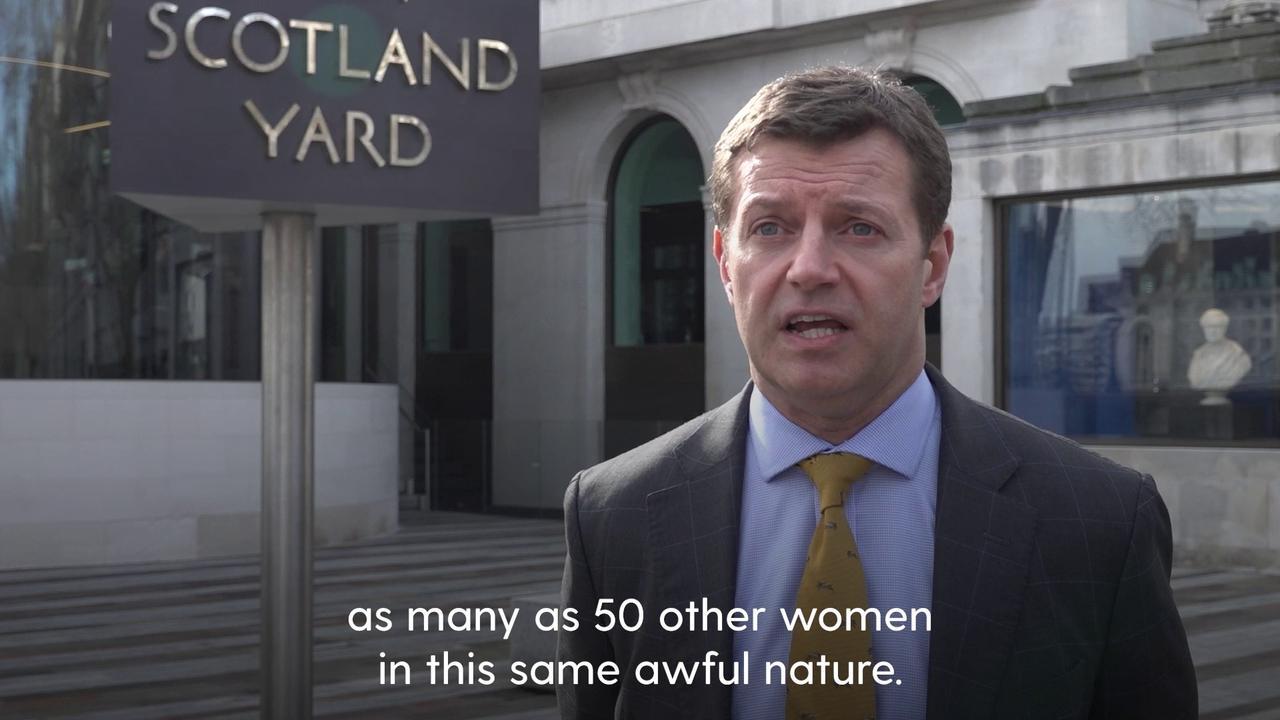
The case of serial rapist Zhenhao Zou has horrified the United Kingdom after the Chinese PhD student was convicted of raping 10 women in March.
Following his conviction, for which he has yet to be sentenced, some 23 additional victims have come forward, although UK police have said that they believe that the rapist’s “offending group is far greater”.
Zou’s case has marked parallels to that of Indonesian national Reynhard Sinaga, who was dubbed “Britain’s most prolific rapist” after he was found guilty of raping and sexually assaulting 48 men over the course of two years.

Sinaga, who is originally from Jambi in Indonesia, was sentenced to life imprisonment for the horrific assaults, with a minimum 40-year term before he is eligible to apply for parole.
In addition to being students in the UK, both men kept mementos from their victims and filmed their savage assaults on their mobile phones, fuelling questions about whether the rise of technology and social media is causing more perpetrators to record their crimes for nefarious purposes.
Dr Lena Hanifah, a criminologist from Lambung Mangkurat University in Indonesia’s South Kalimantan, told news.com.au that the obvious similarities in the cases and the use of technology by both men demonstrated a worrying trend.
“Access [to technology] and technological advances open up opportunities for digital sexual crimes that may have never been thought possible before, especially in vulnerable communities such as women and children,” she said.

Zou drugged the women he assaulted between 2019 and 2024 by offering them spiked drinks when they came back to his flat when he was studying for a PhD in mechanical engineering at University College London (UCL).
Sinaga also drugged his victims after masquerading as a friendly face and offering drunk and disorientated men a place to sleep or charge their mobile phones after a night out.
“There are many reasons why perpetrators document their actions, for example as a ‘trophy’ or a marker of their success in deceiving their victims,” Dr Hanifah said.
“There are perpetrators who have online groups where they share their successes to get validation.”
This was certainly the case for Indonesian rapist Sinaga, who was studying for a PhD at Manchester University when he attacked 190 men between 2015 and 2017.

Sinaga kept meticulous documentation of his crimes, and text messages were read out in court from a WhatsApp group in which he boasted about his assaults, including sending a picture of a 21-year-old that he had drugged and raped eight times in a single evening.
Sinaga also reportedly took great pride in assaulting mostly heterosexual men, calling it their “breakthrough to the gay world” in WhatsApp messages sent to his friends.
Dr Ahmad Sofian, a lecturer in criminal law at Indonesia’s Bina Nusantara University, told news.com.au that sexual predators recording assaults can also be a kind of “sextortion” or way in which rapists can continue to exert control over their victims for financial or further sexual gain.
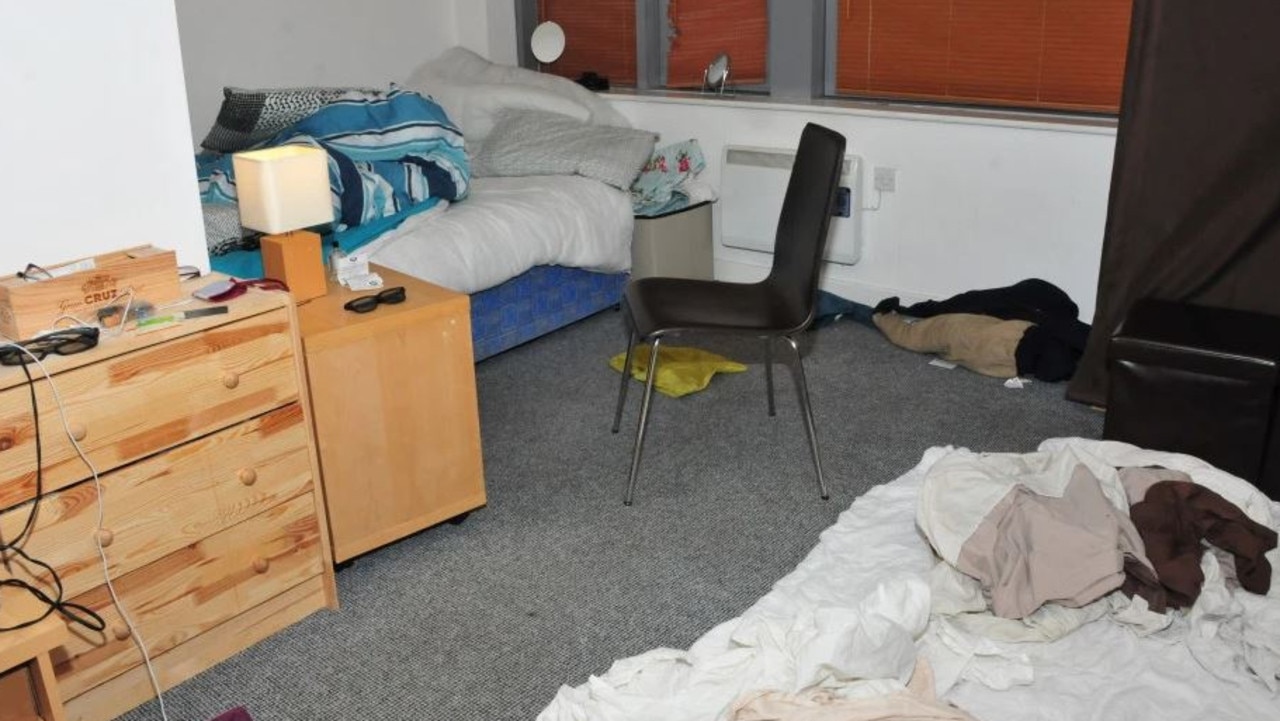
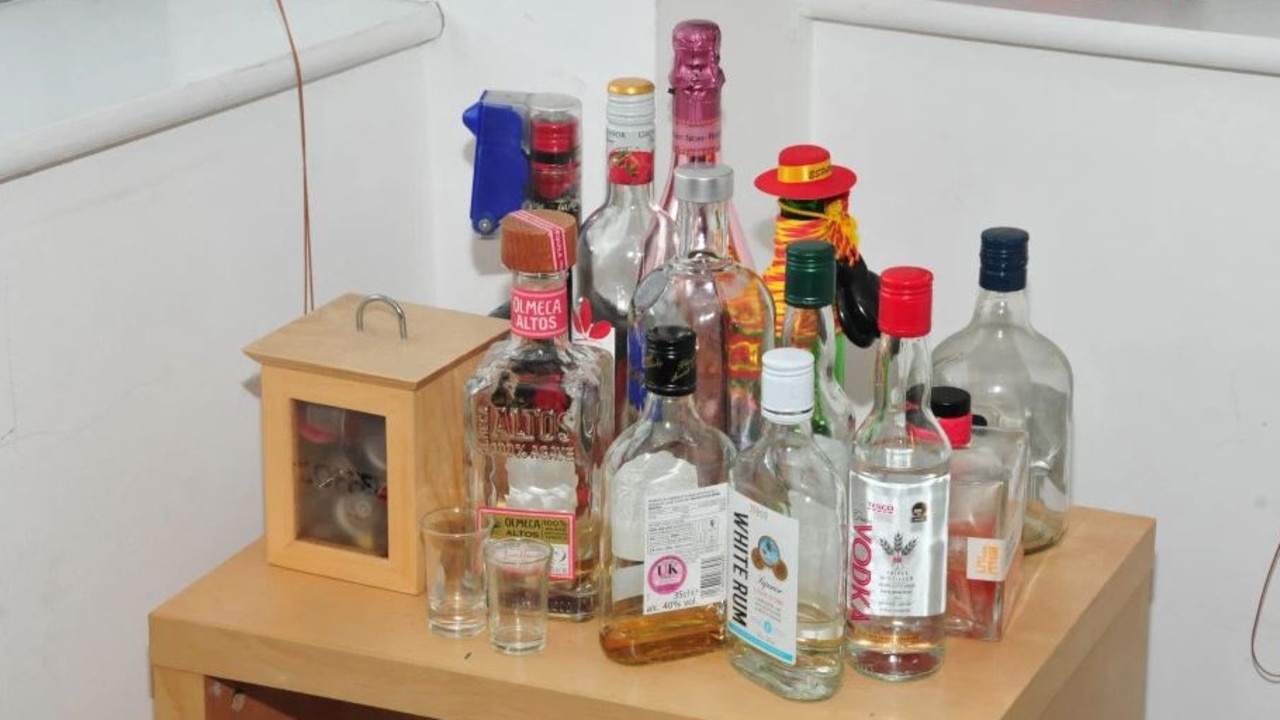
“Recording sexual crimes can be used as a tool to threaten and blackmail victims to keep quiet and not tell anyone. If they threaten to tell, the perpetrator will spread the recordings or blackmail the victim by asking them for money or other sexual services.”
Speaking to the BBC, one of Zou’s victims said that he had started to remove her trousers after drugging her at his home, and had tried to pull her into his bedroom with such violence that she had to “cling on to the door frame with both hands”.
When she managed to get free, Zou reportedly told her not to make “a big deal of things” or report him to the police.
Dr Sofian also said that recordings of sexual attacks could be used by perpetrators for other heinous benefits.


“In some cases, recordings can also used to document sexual relations for commercial sexual needs, namely being traded to other sexual perpetrators as pornographic material,” Dr Sofian said.
“At a global level, these pornographic videos can generate money for the perpetrators.”
While it is not clear if either of the men sold any of the monstrous content they filmed, Sinaga took pleasure in parading his victims online, including following a depraved assault on a 19-year-old man when he posted a picture of the victim to a WhatsApp group with the caption, “SuperRey saves straight boys from their monstrous girlfriend [sic].”

Both men also kept “trophies” of their victims, including passports, bank cards, mobile phones, jewellery and clothing, in addition to the videos of the assaults, which Dr Hanifah said could be seen as a “token of remembrance, especially if the victim is someone who is an object of obsession for the perpetrator”.

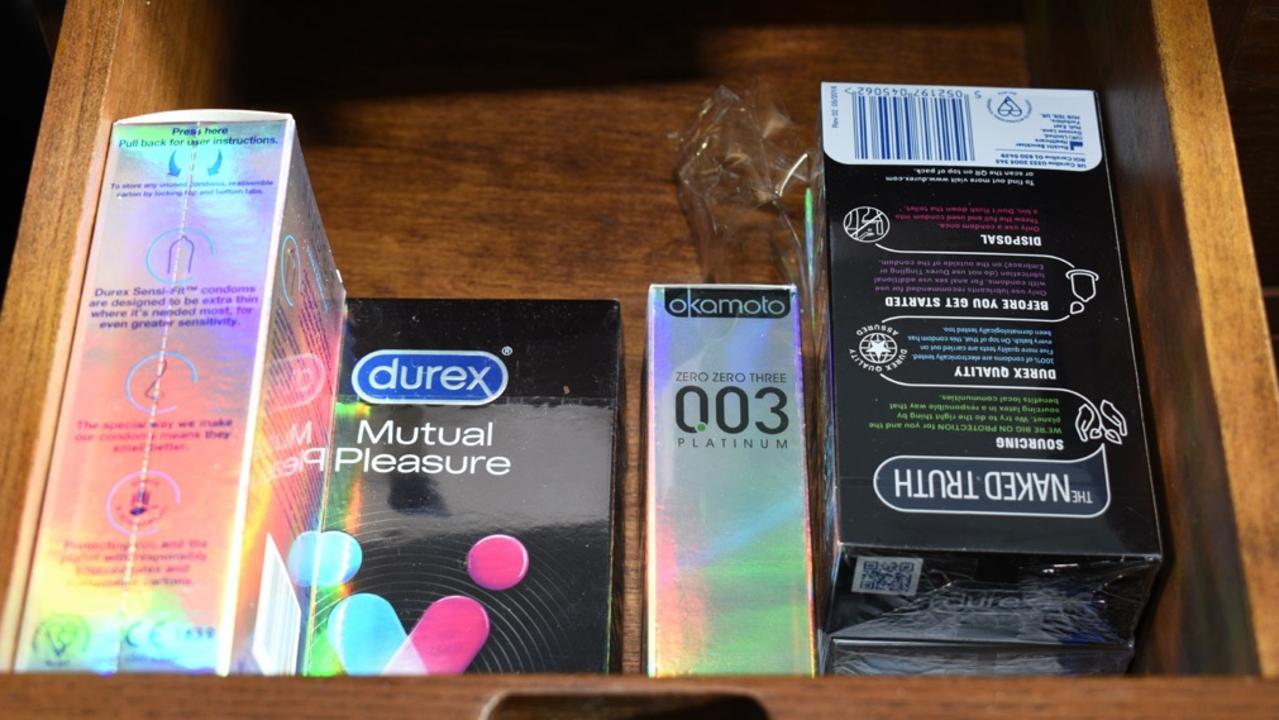
Dr Irna Minauli, a psychologist in the Indonesian city of Medan who followed Sinaga’s case, told news.com.au that this habit is often known as a “signature” where criminal perpetrators have certain characteristics that act as a specific marker of their criminal activities.
“This usually happens repeatedly and has a similar pattern. So the concept of this signature is exactly the same as when we write a letter, then end it by signing the bottom,” Dr Minauli said.
“Usually this is done by criminals who are already professionals. They get satisfaction if they can carry out their crimes to completion and collect evidence of their crimes as a form of a souvenir.”
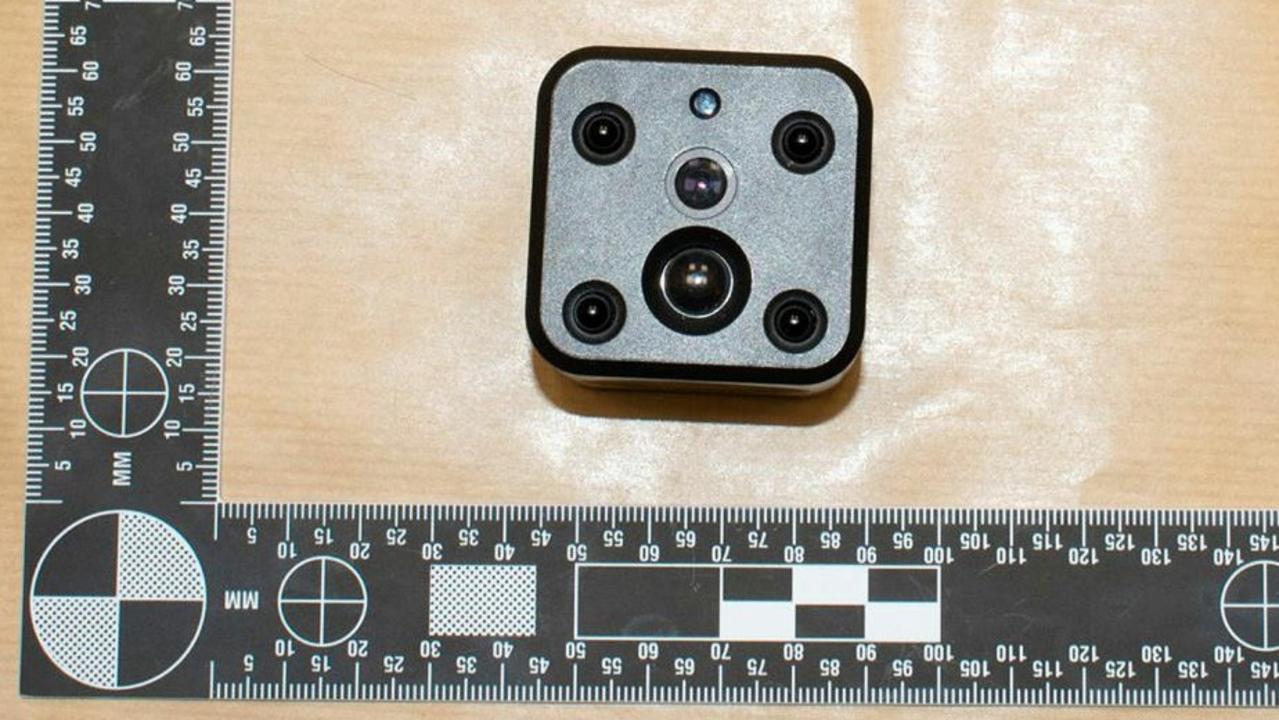
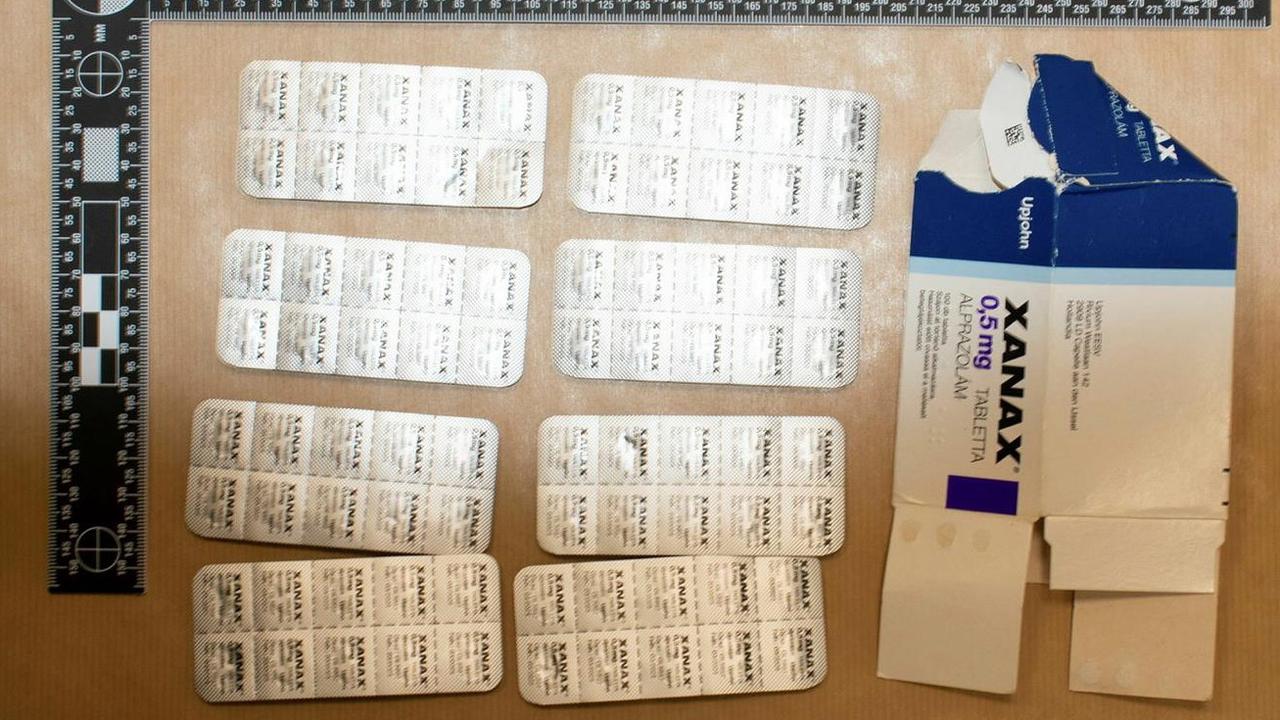
However, the way in which both men chose to document their assaults and keep personal items from their victims helped to convict them – as they essentially provided police with the evidence against themselves once their mobile phones and recording devices were accessed.
When presented with video evidence of his crimes at trial, Sinaga tried to pretend that his heinous attacks had simply been the result of consensual role playing and that his victims had been pretending to be asleep – although jurors could clearly see that the men had been drugged, with some of them snoring in the video footage.
Meanwhile, Zou filmed nine assaults and had over 1300 videos on his phone, which showed some of his drugged victims trying to fight him off and desperately pleading that they were in pain as a result of his savage assaults – from which he appeared to derive further sexual pleasure.
According to Dr Hanifah, this is another reason why perpetrators may decide to record their crimes – despite the risks if the recordings are found by the authorities.
“Sometimes it acts as documentation that they can listen to or watch again in order to get the same repeated gratification and adrenaline rushes that they did at the time of the assaults,” she said.
Aisyah Llewellyn is a freelance journalist based in Indonesia





